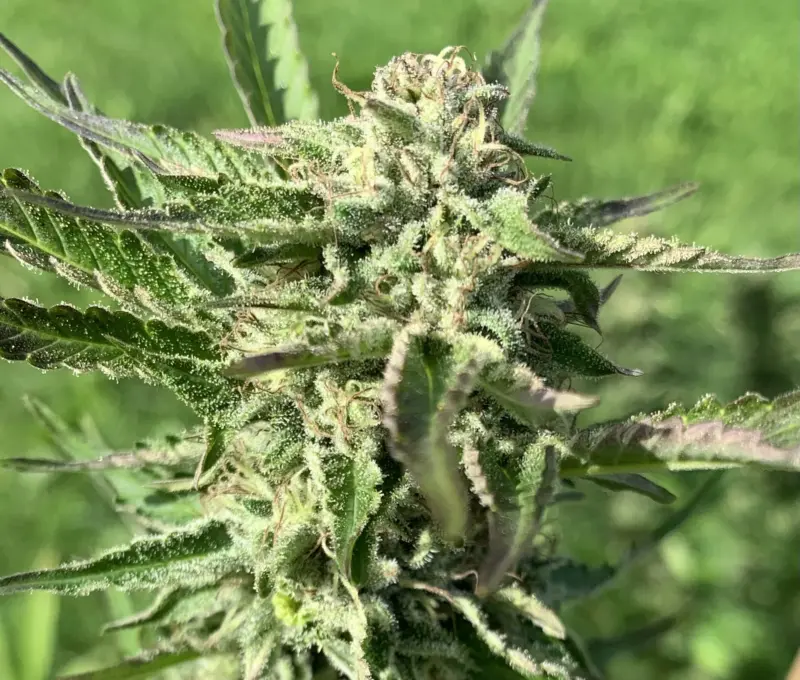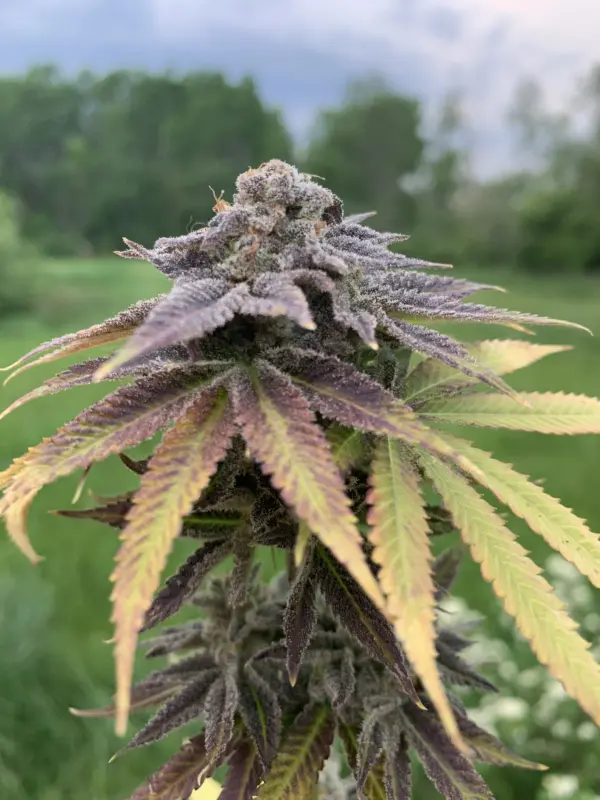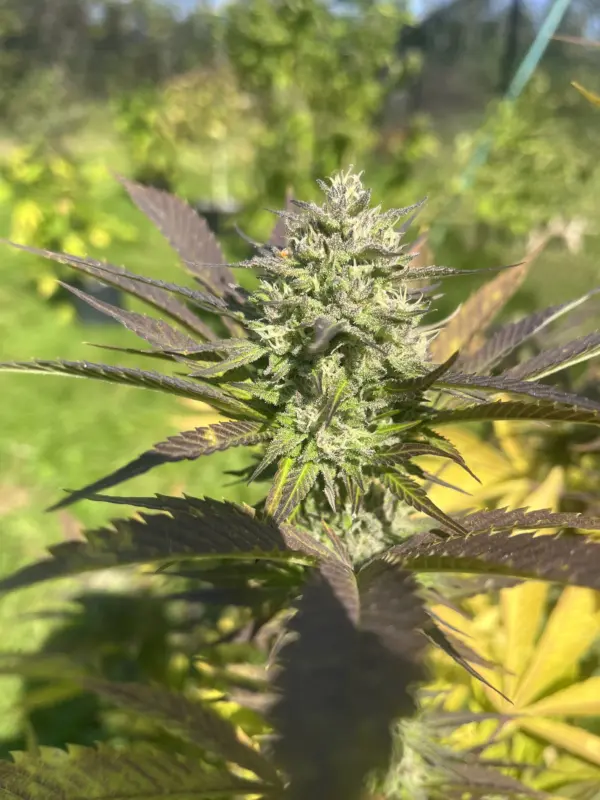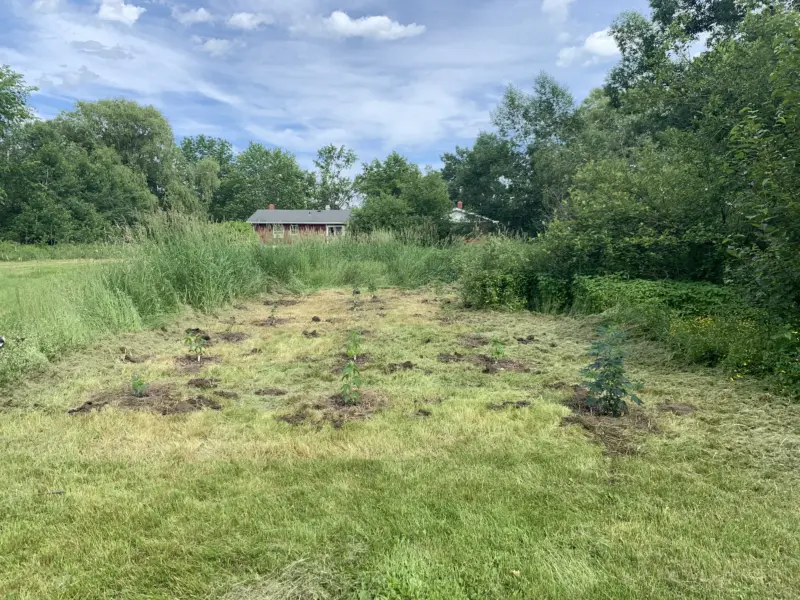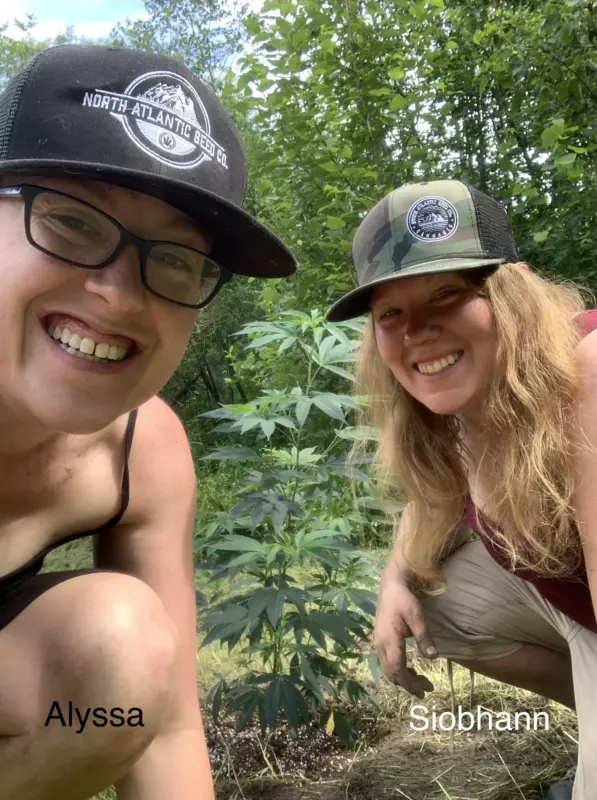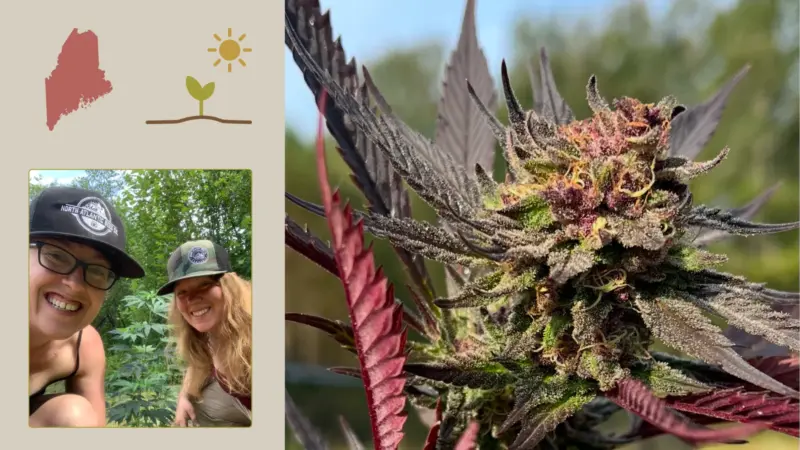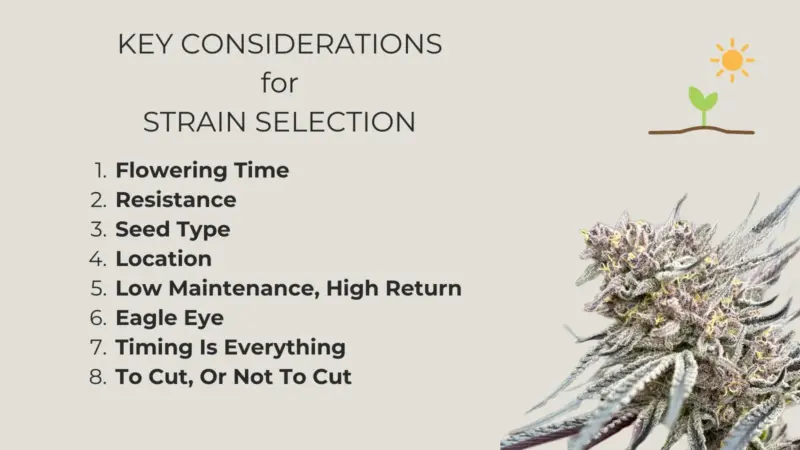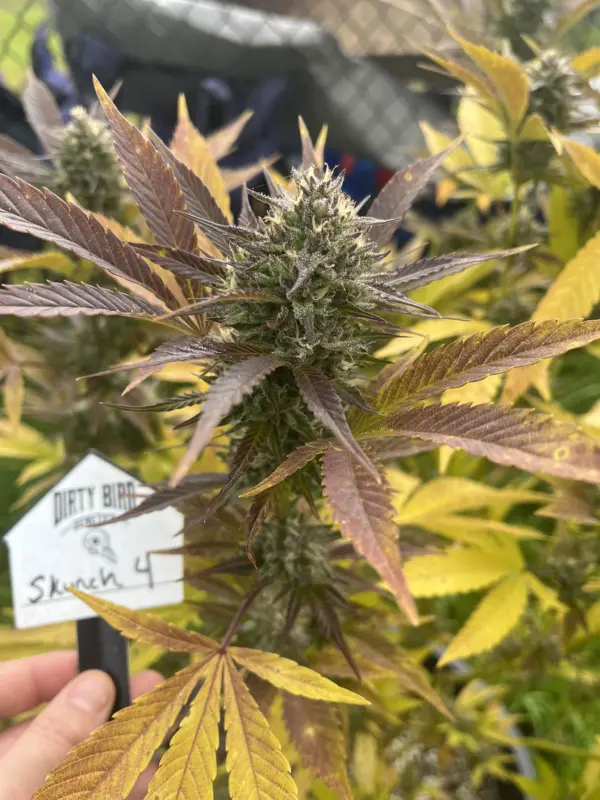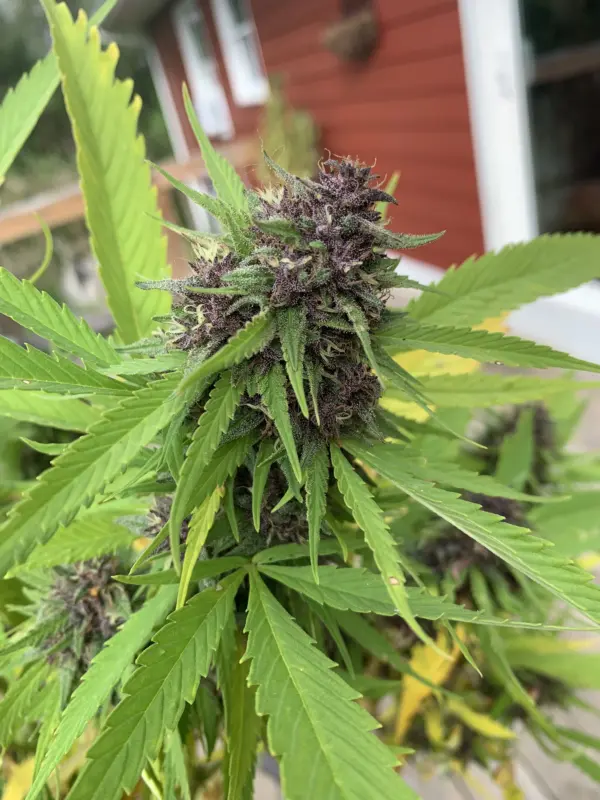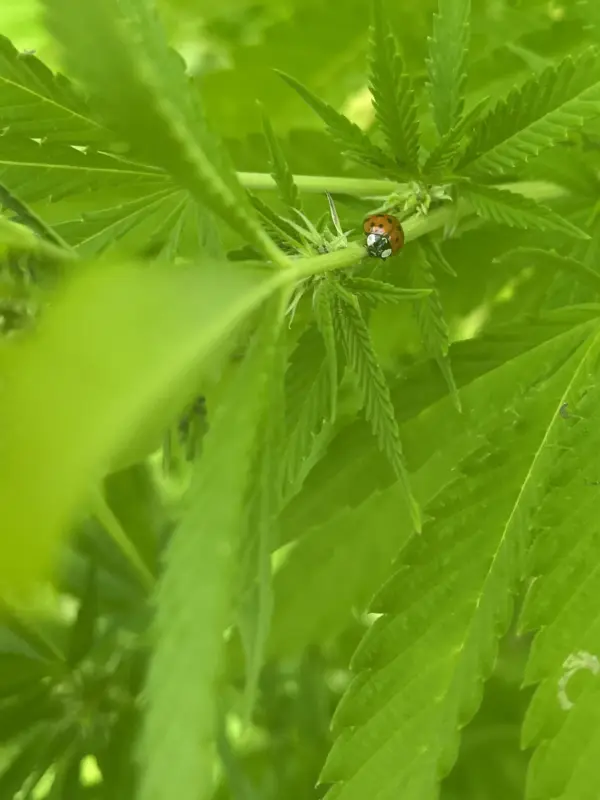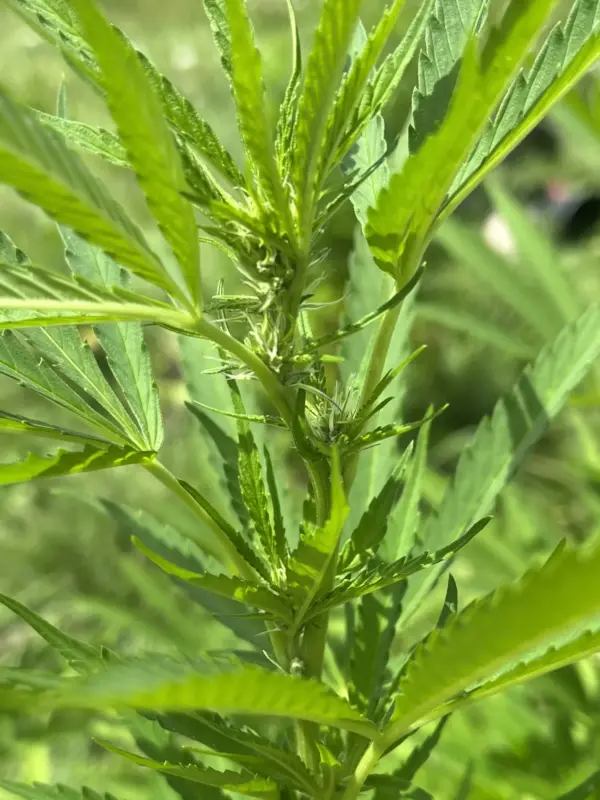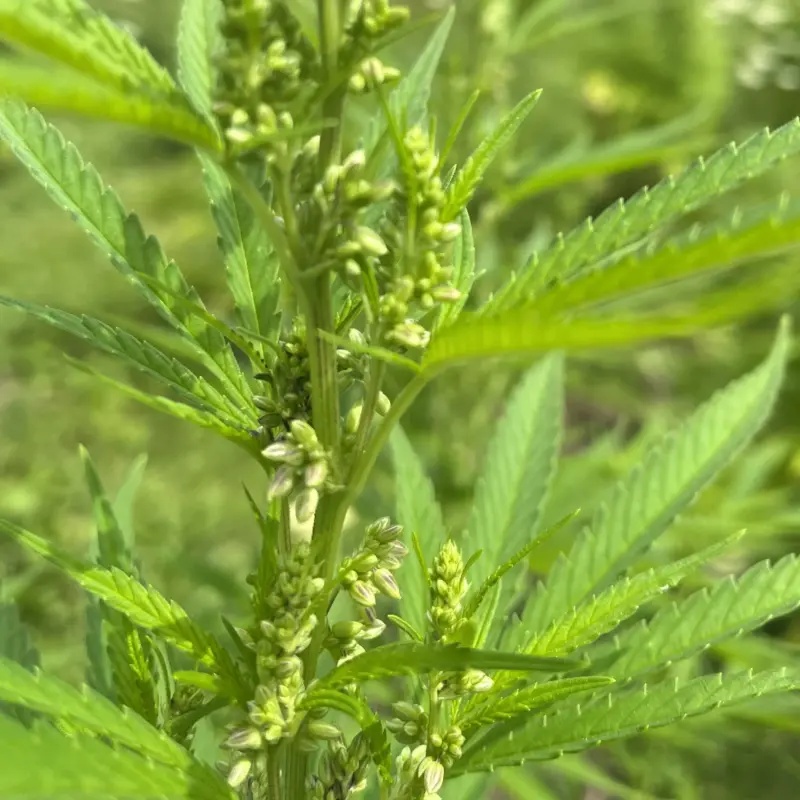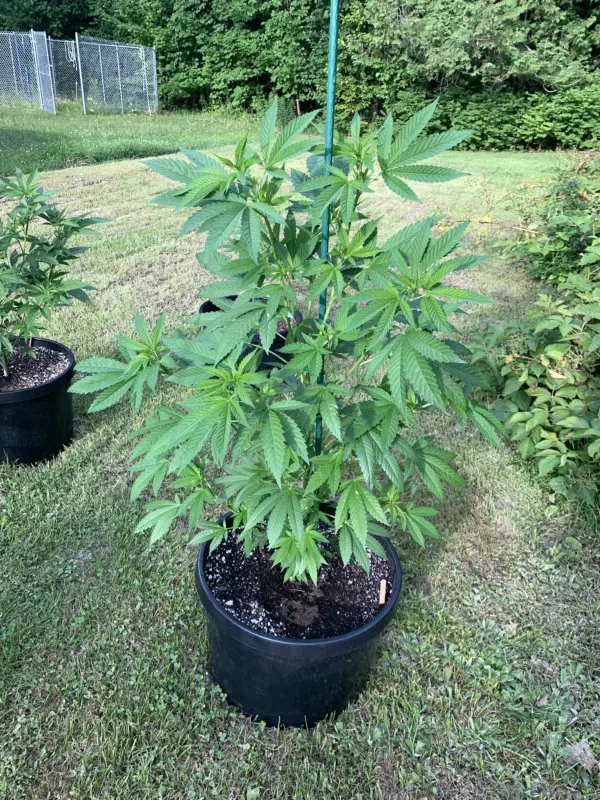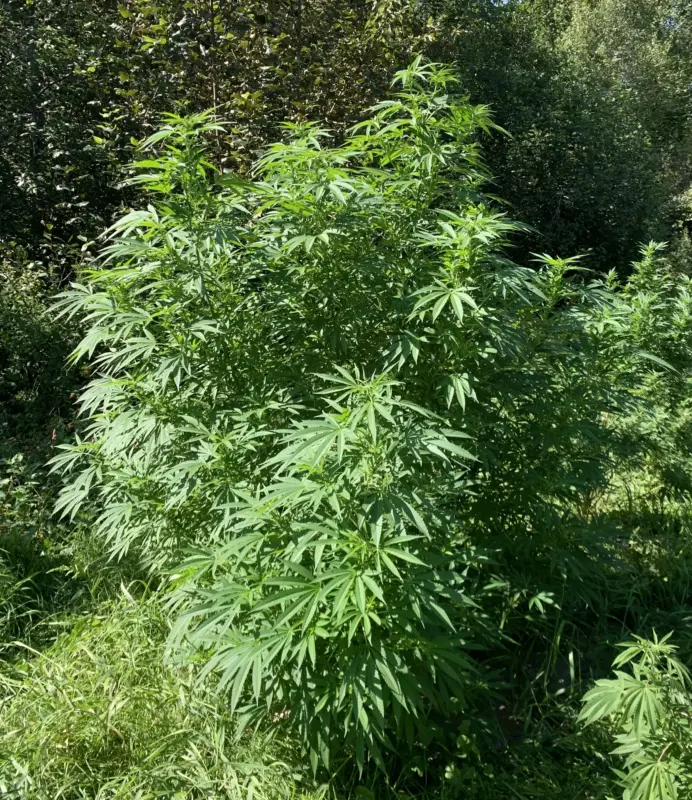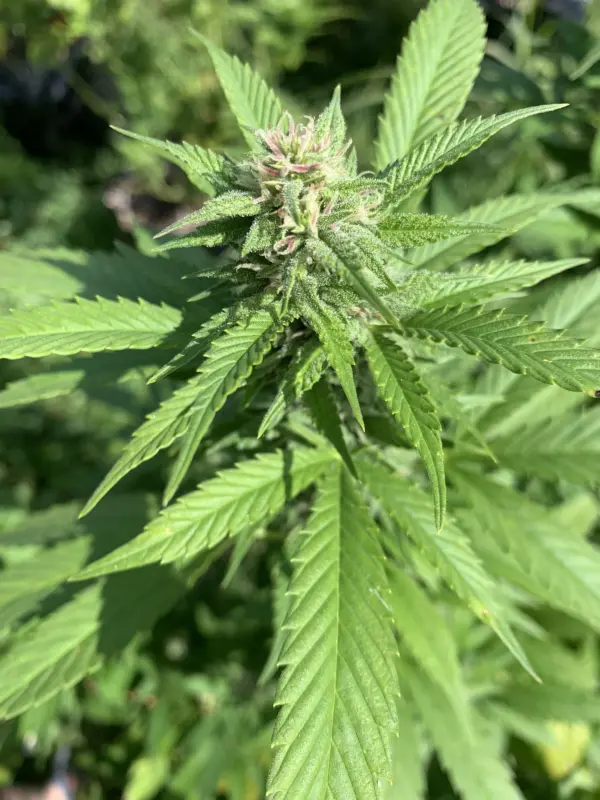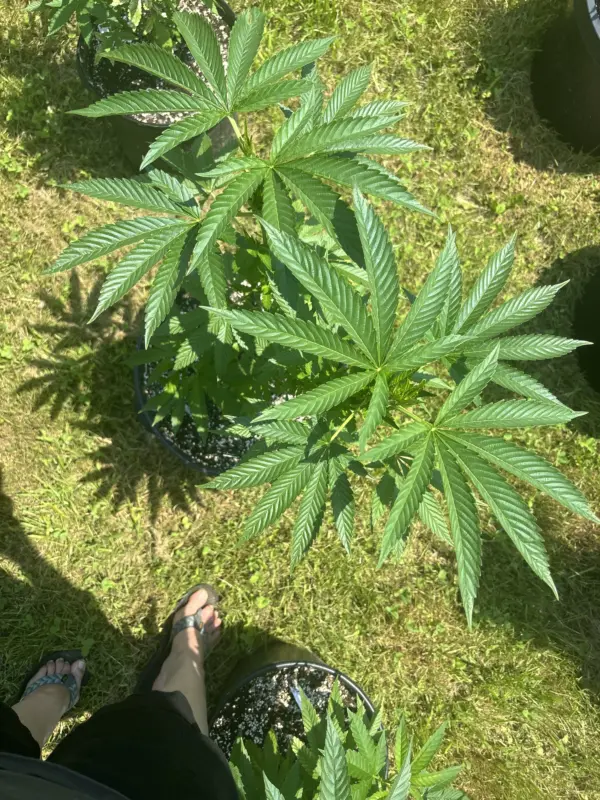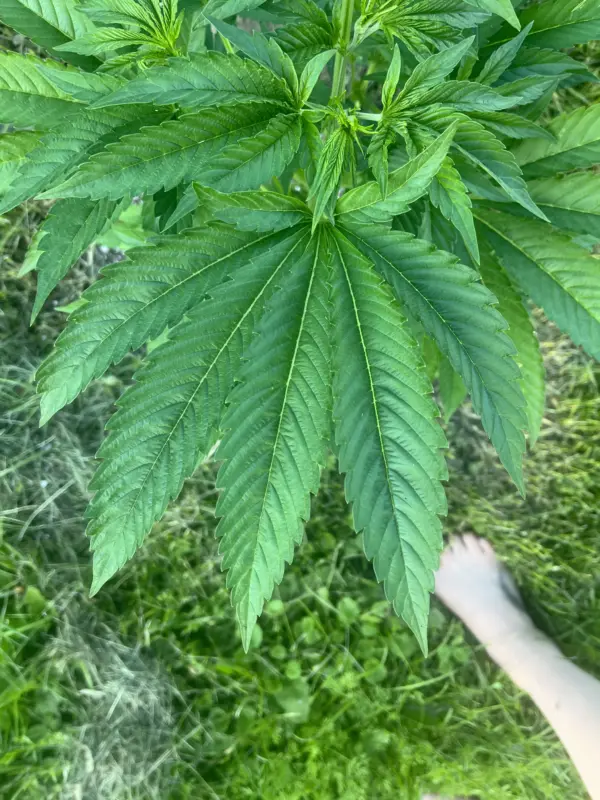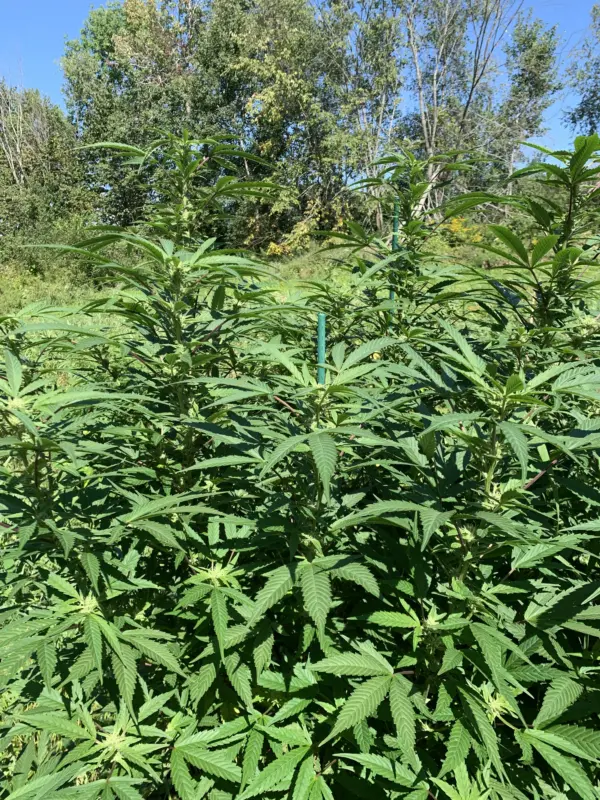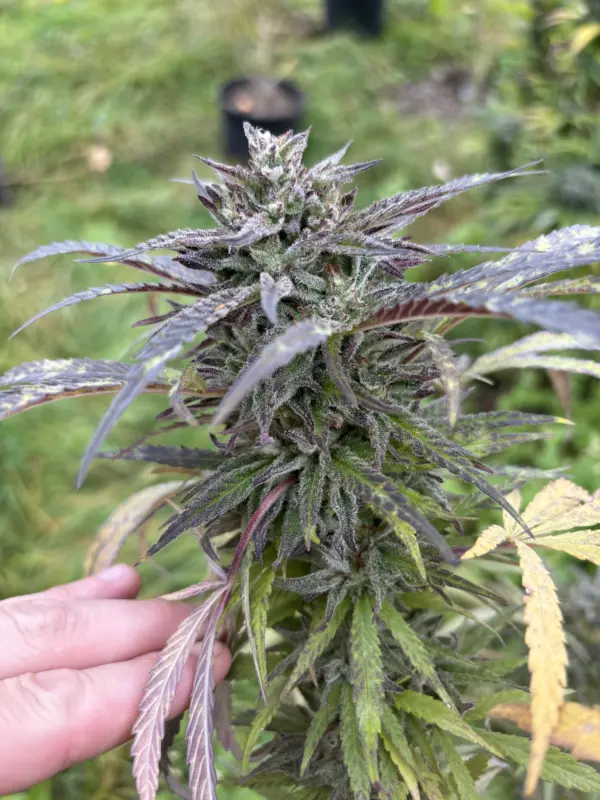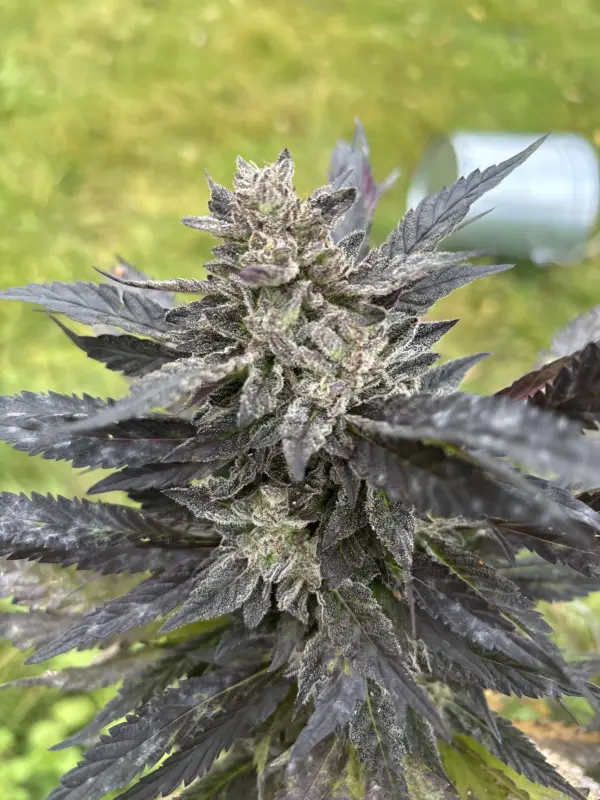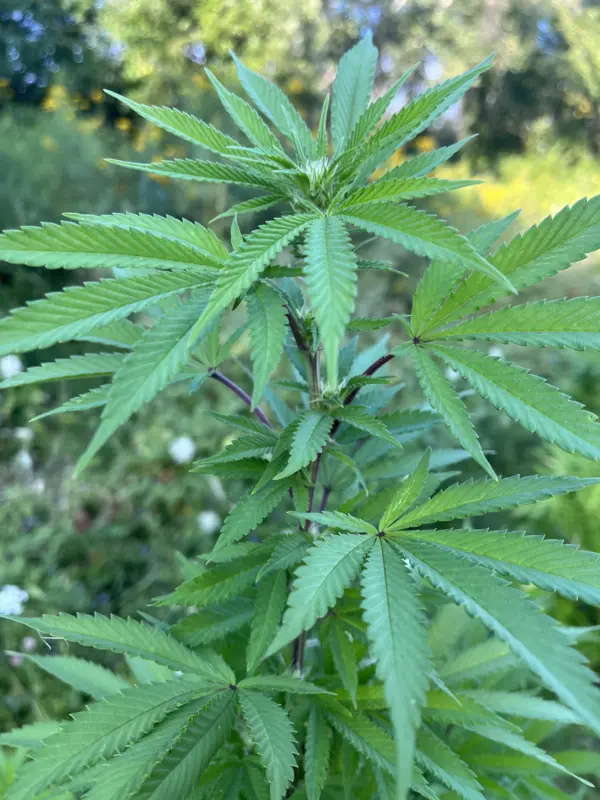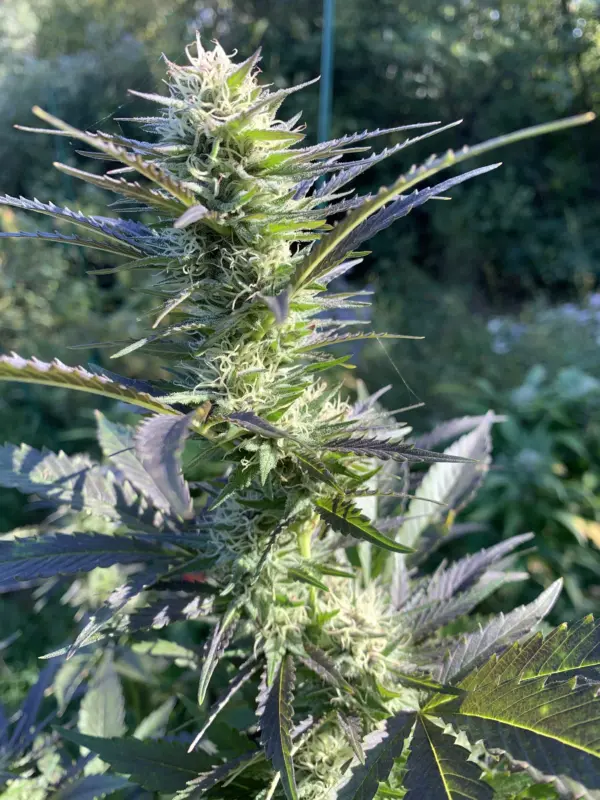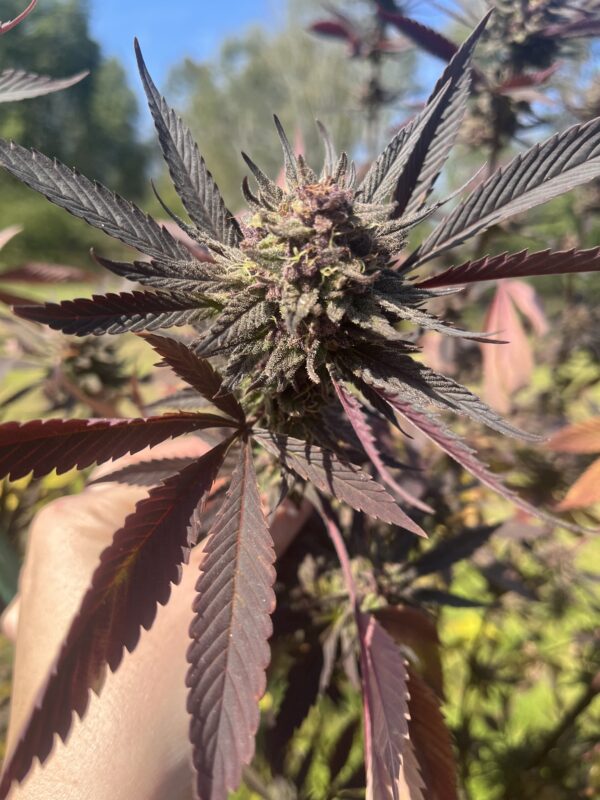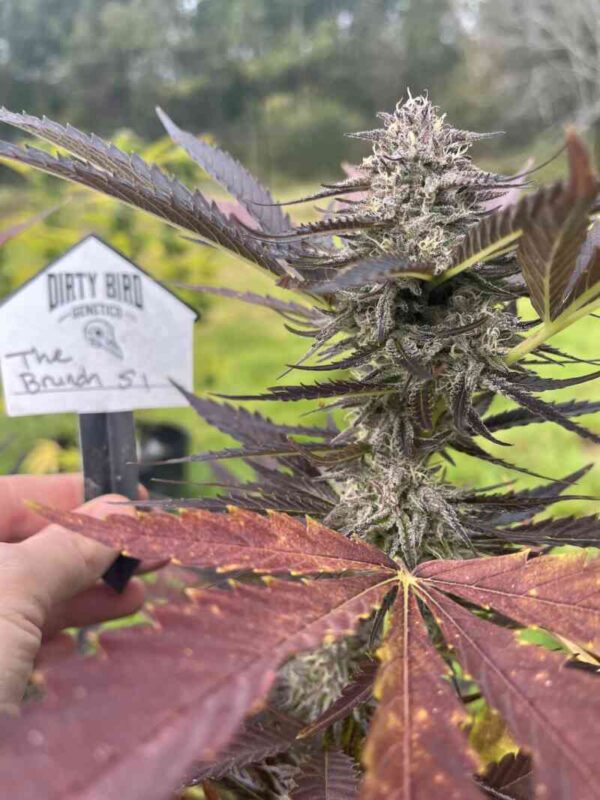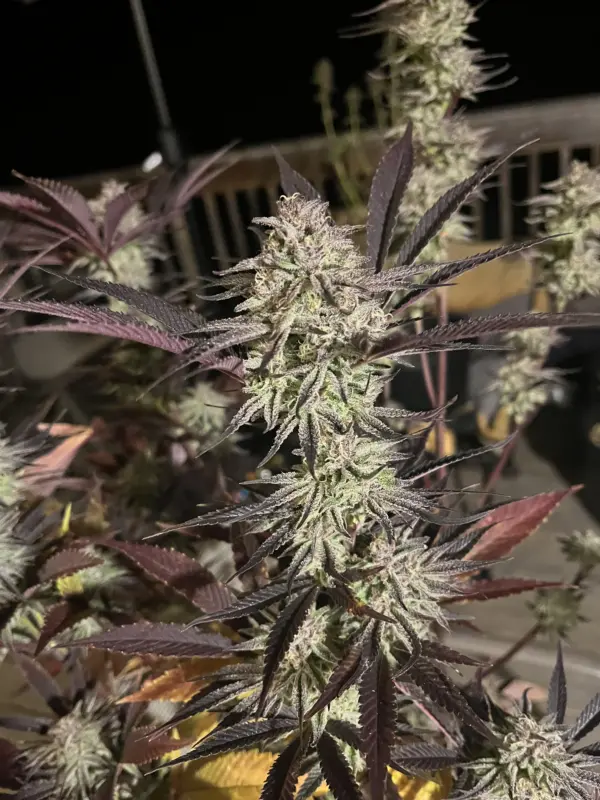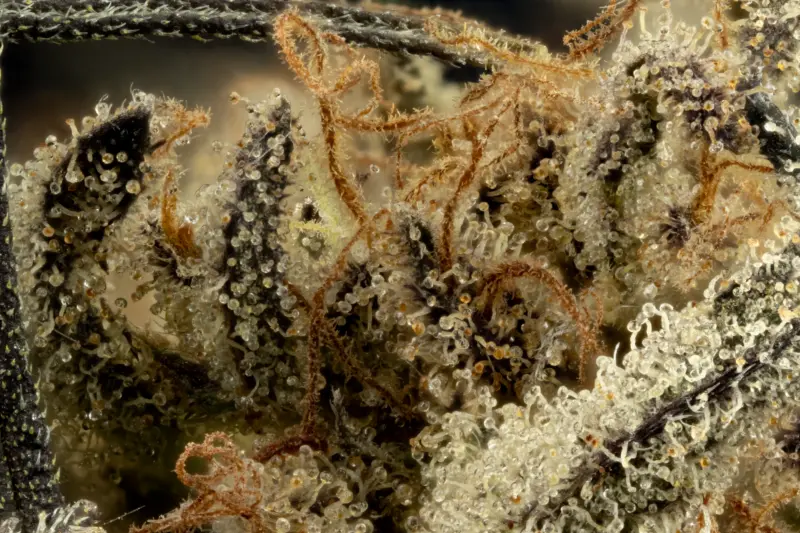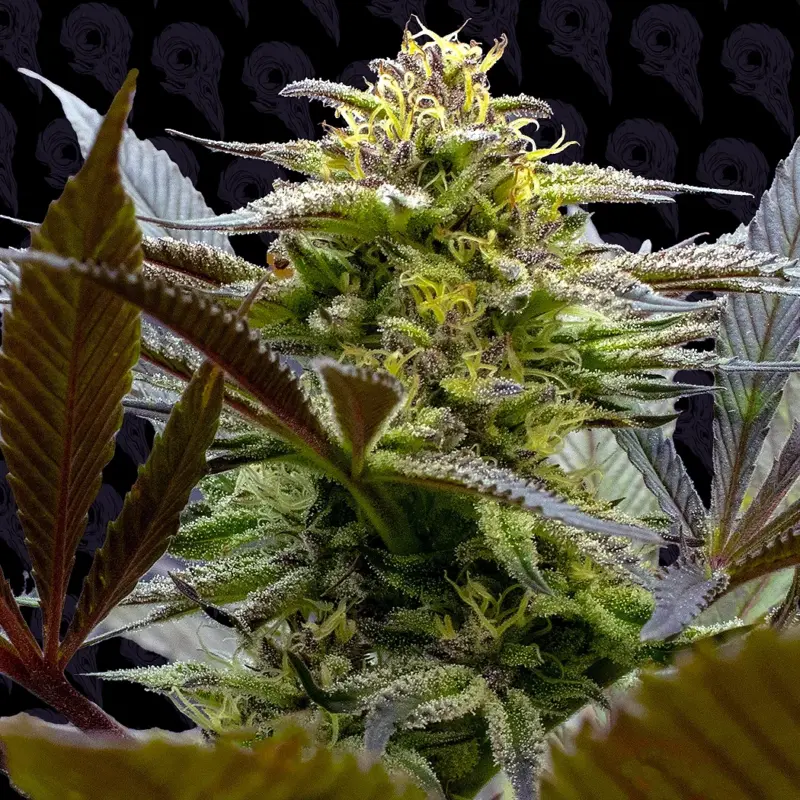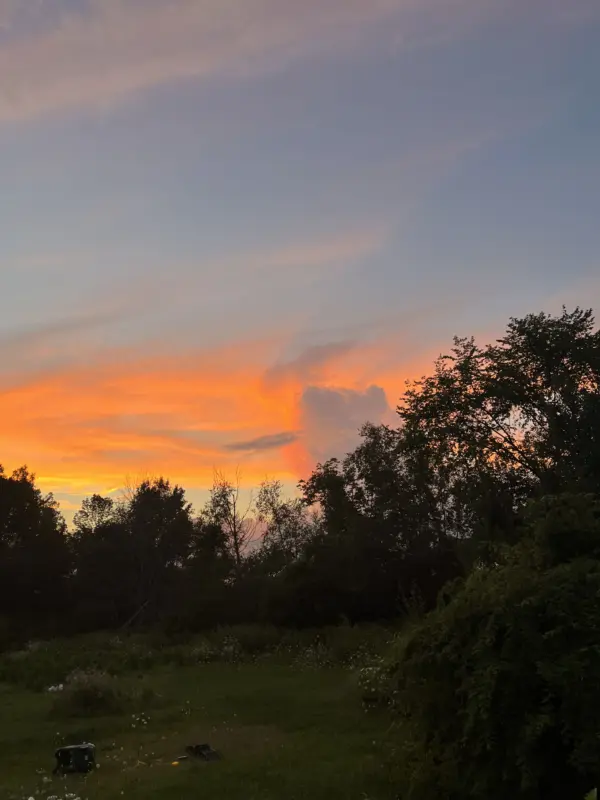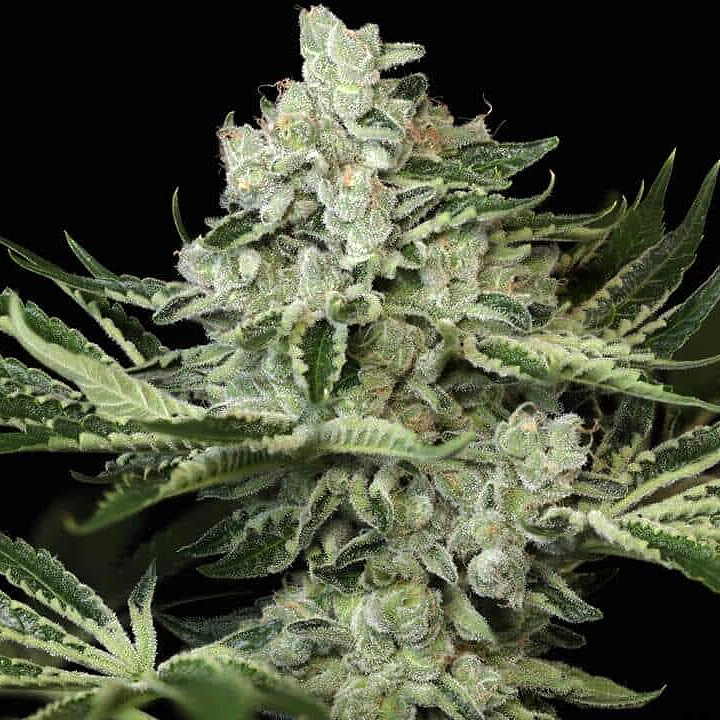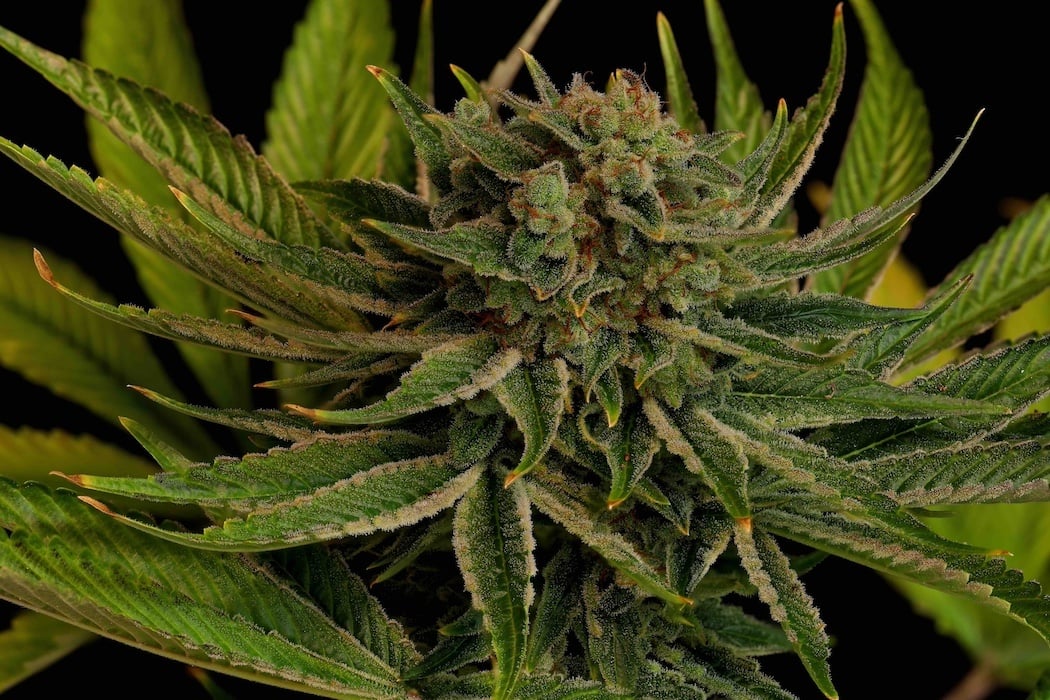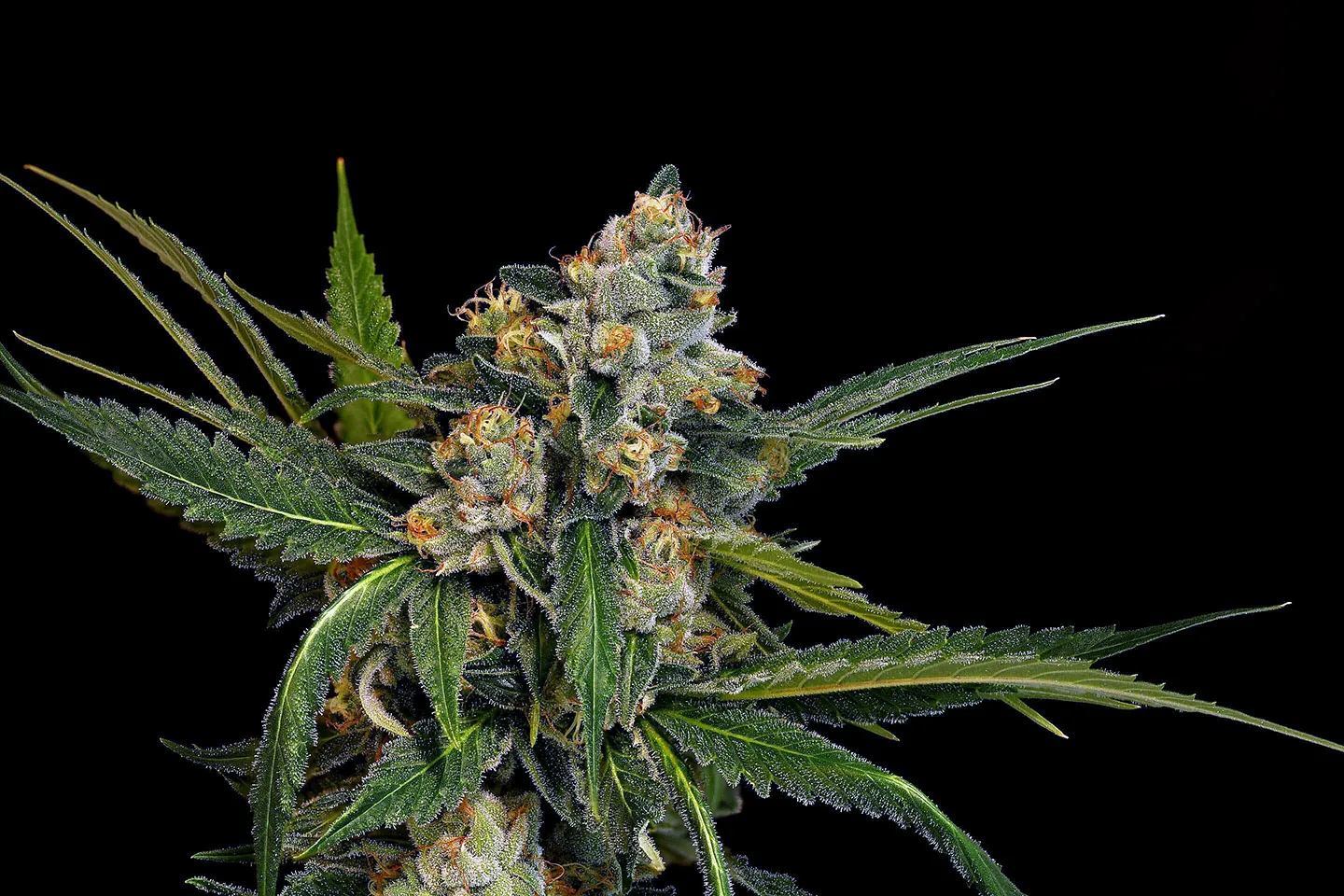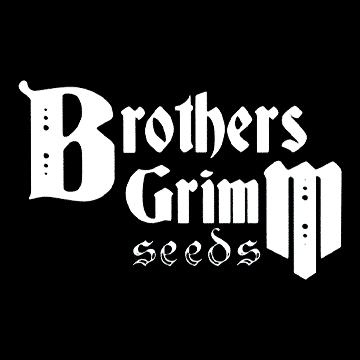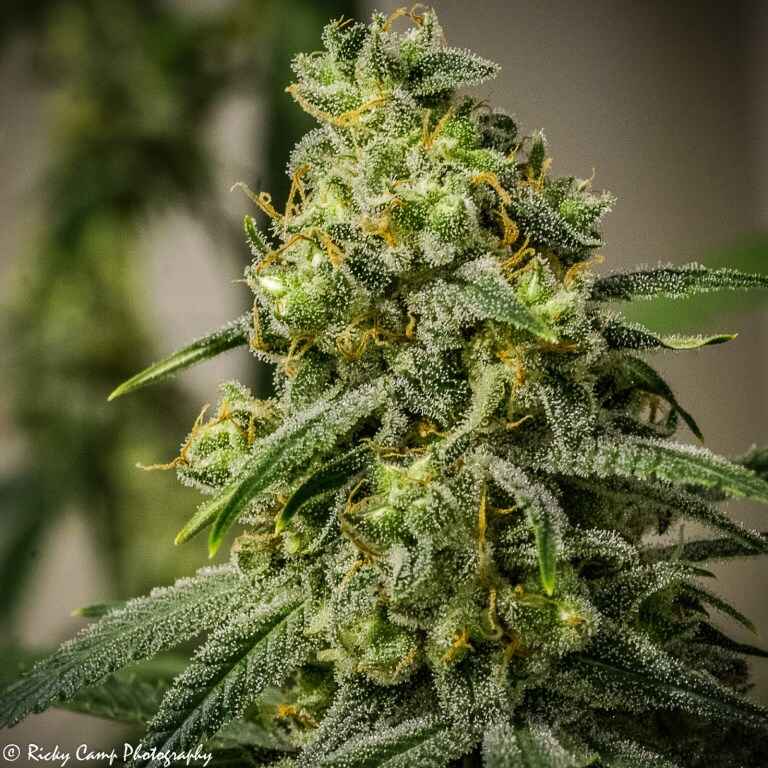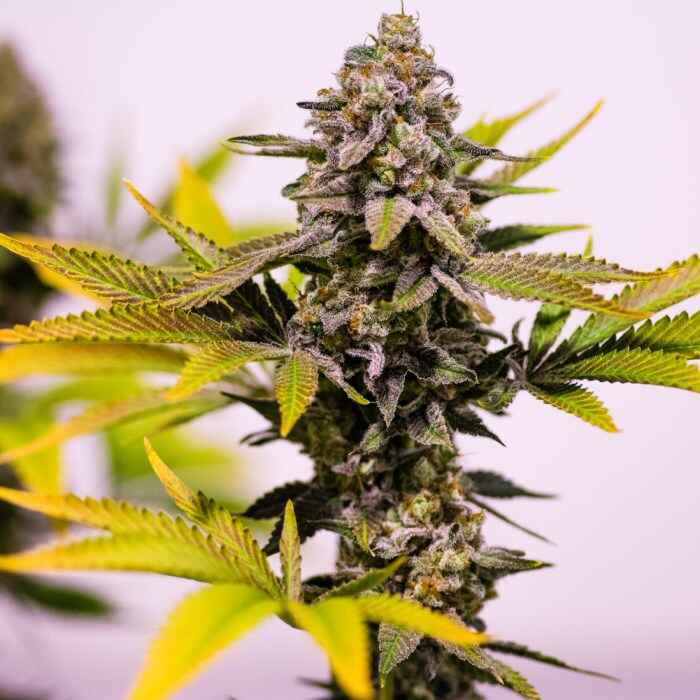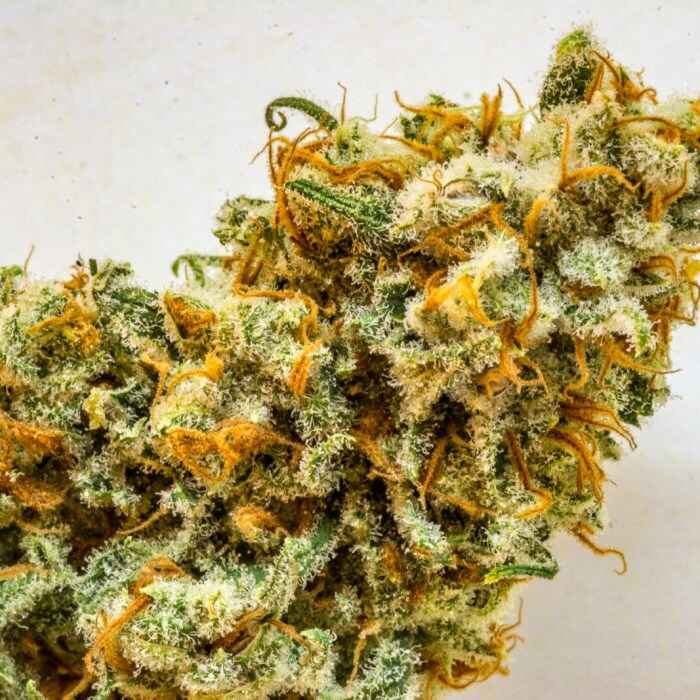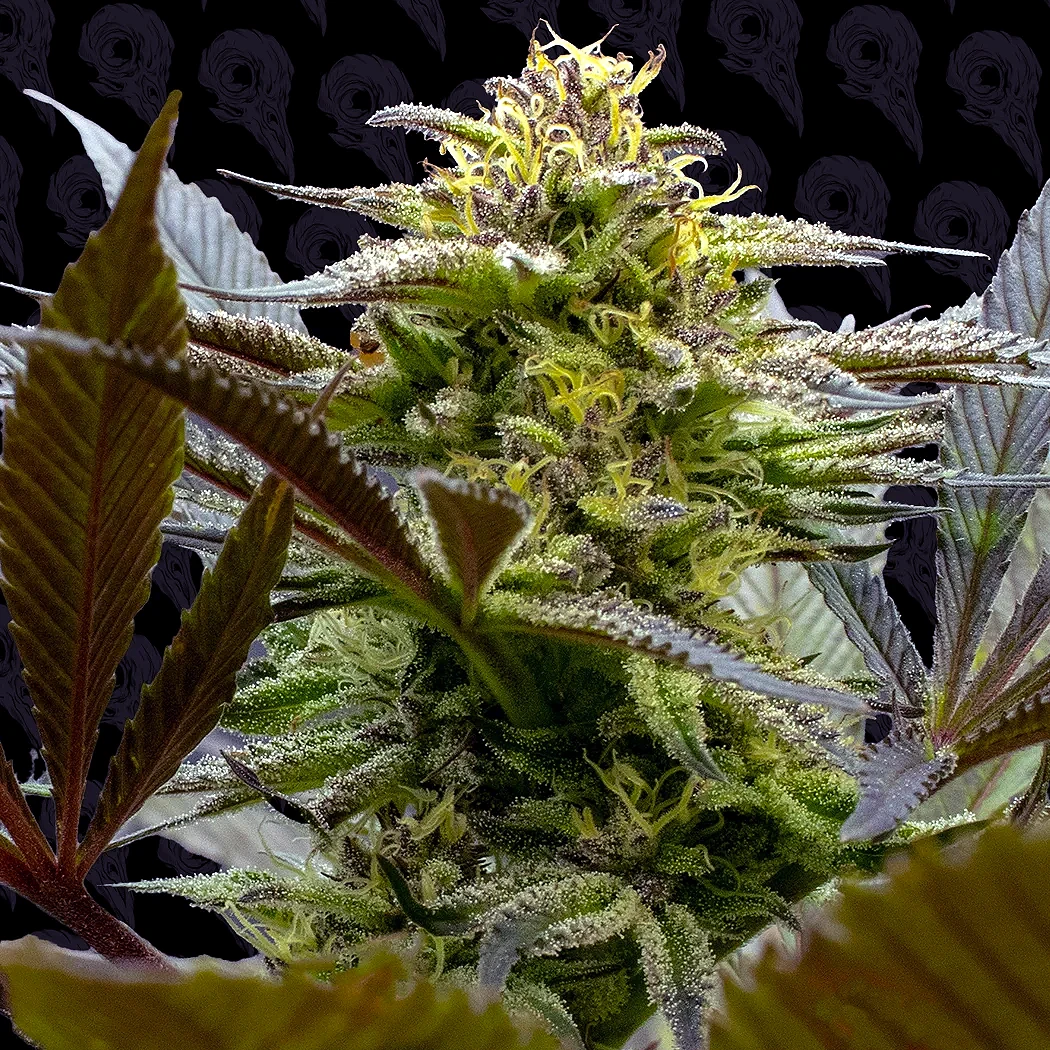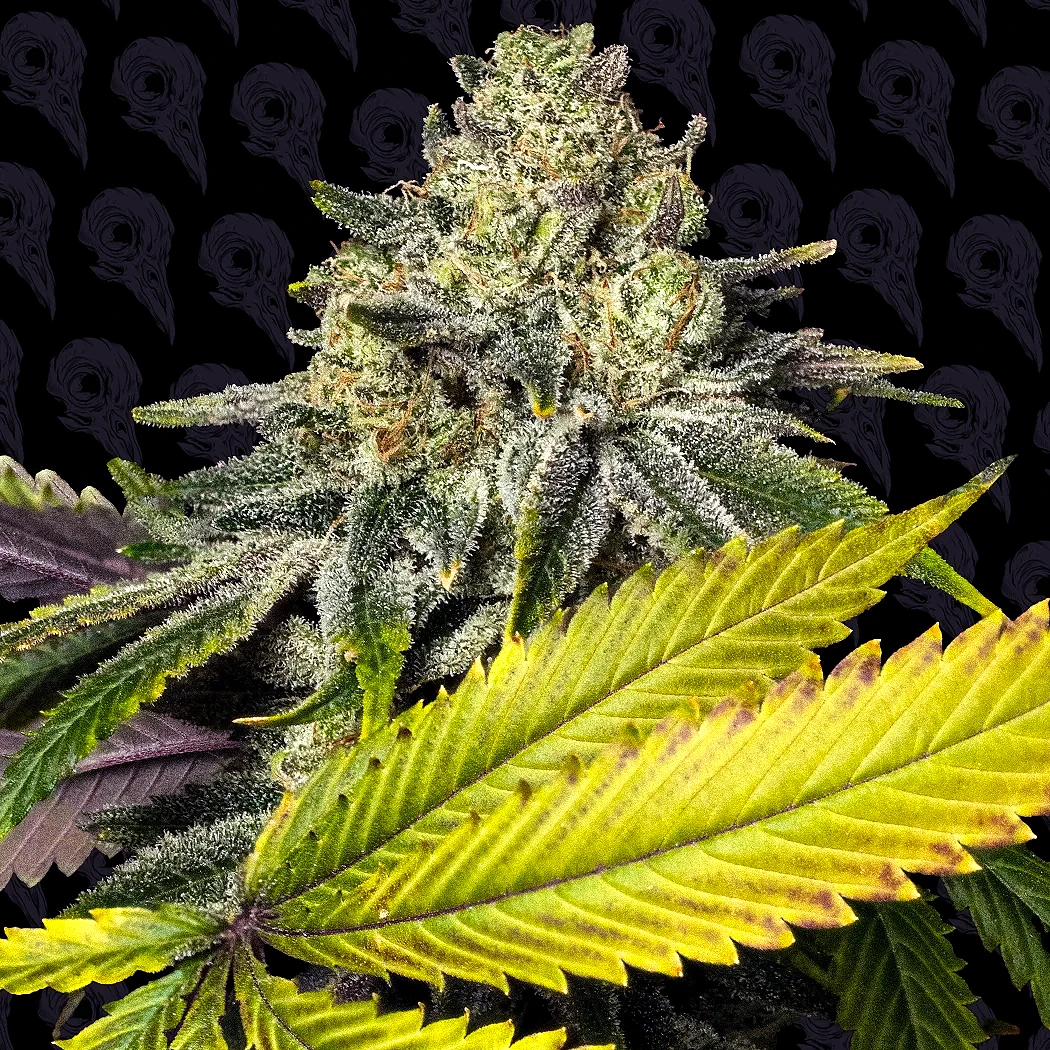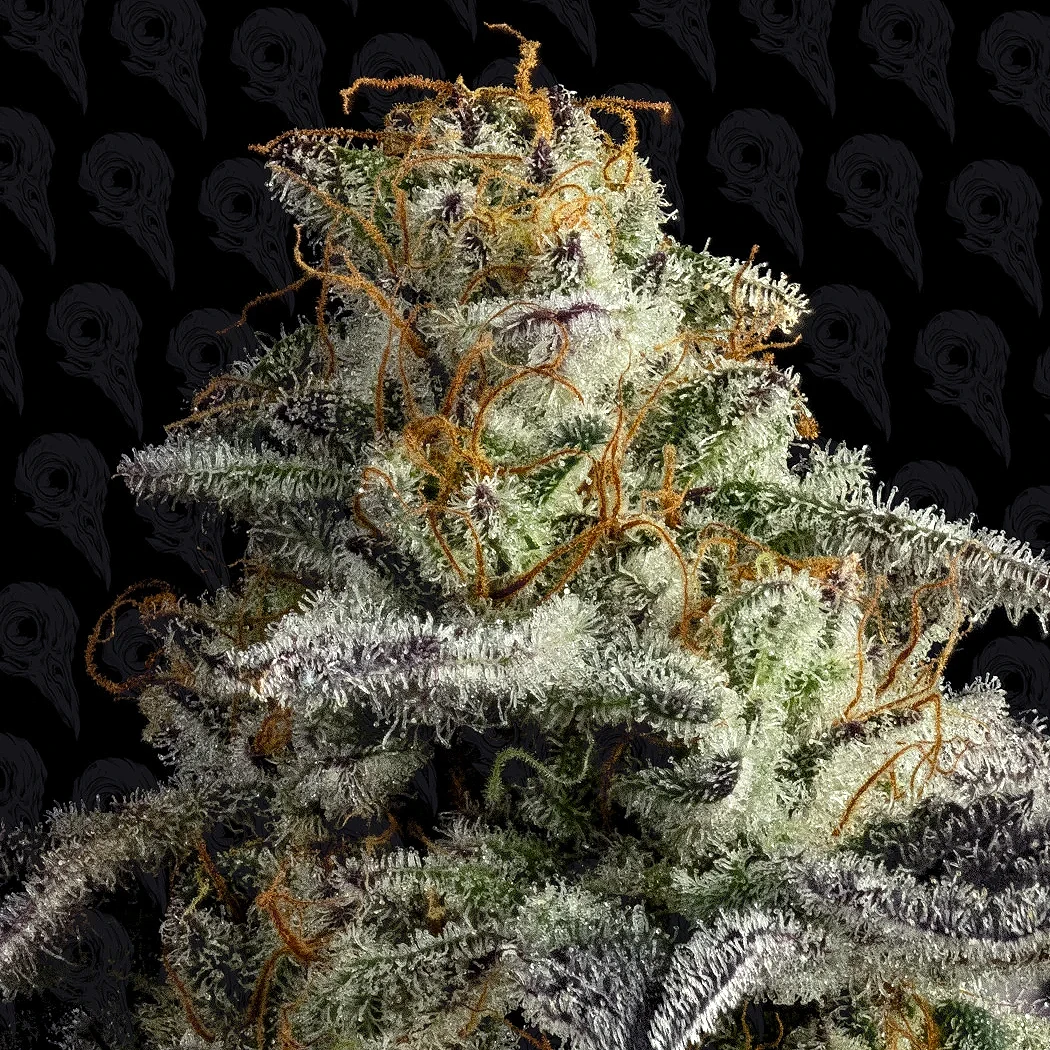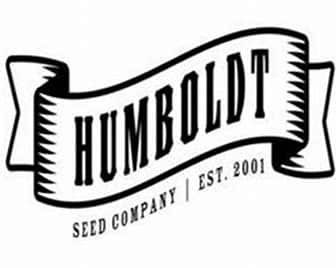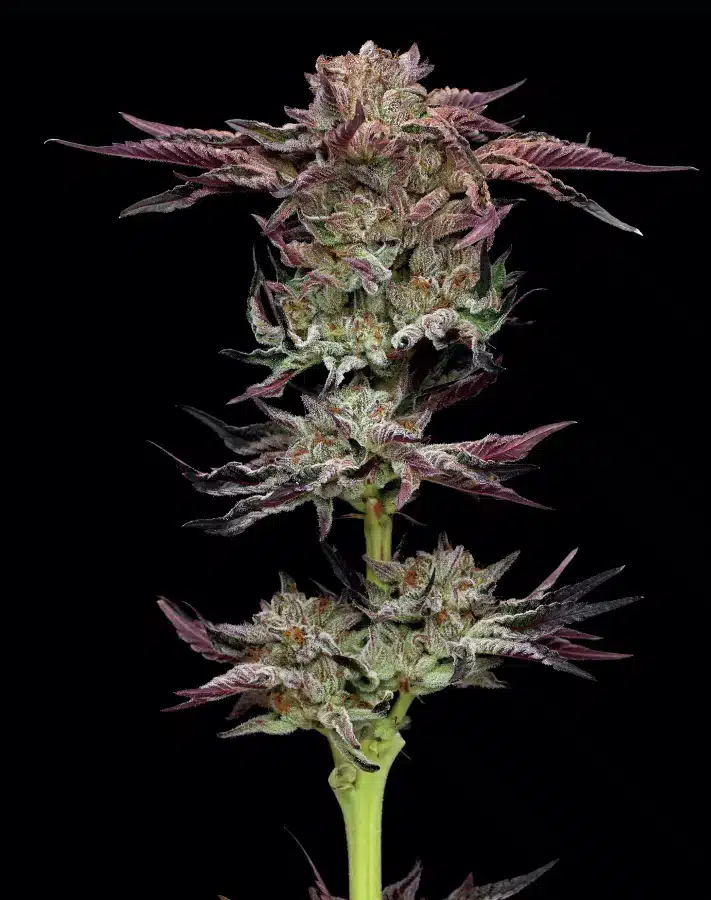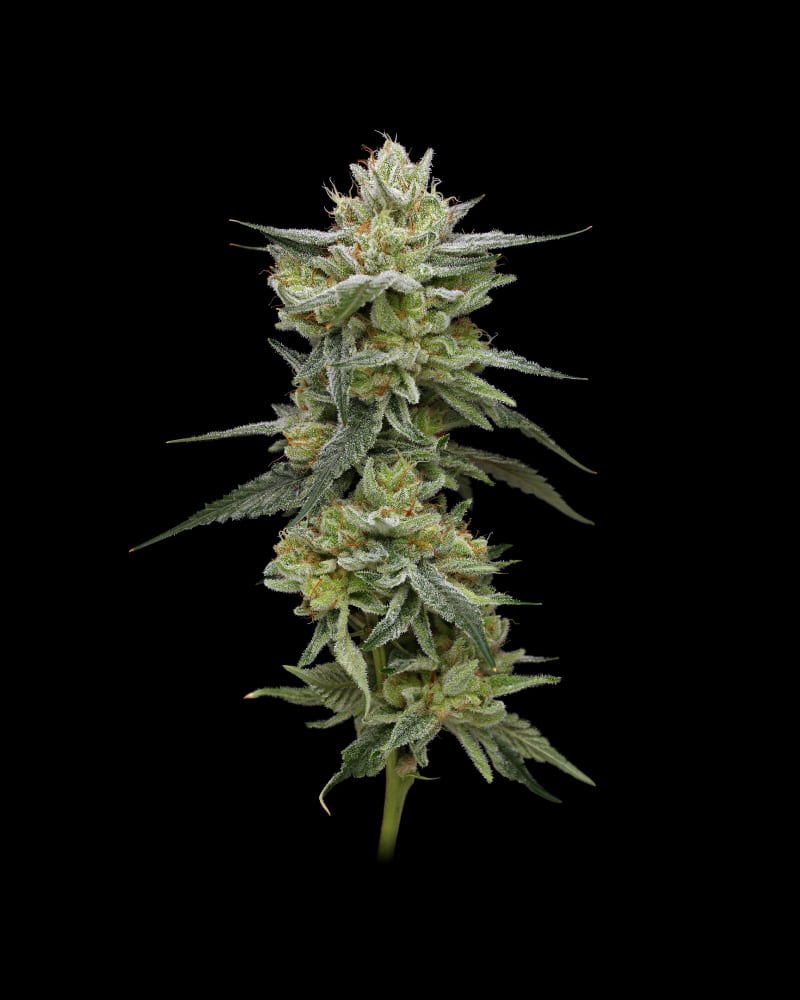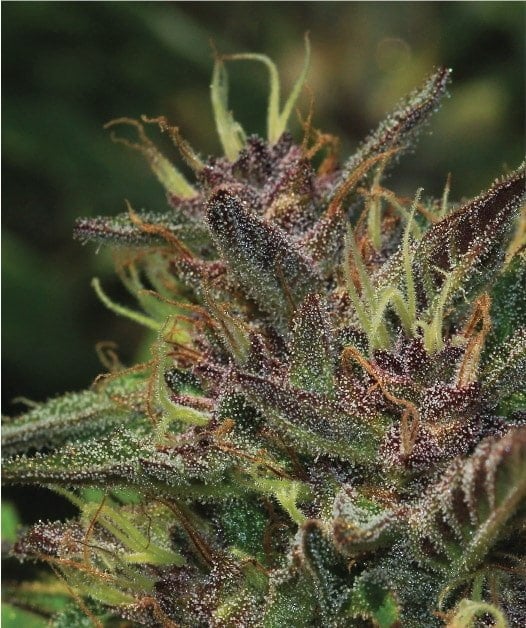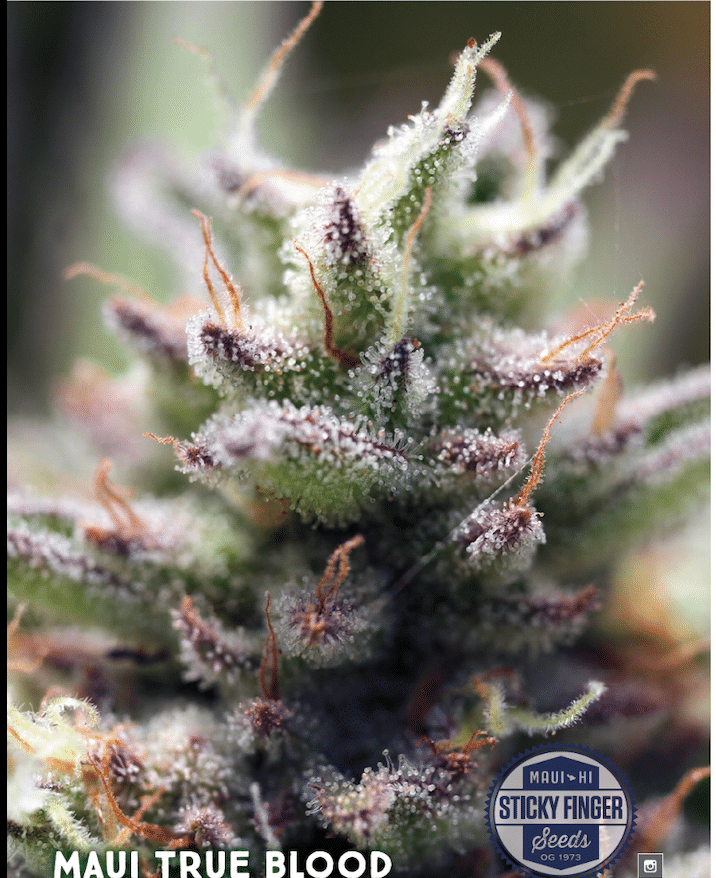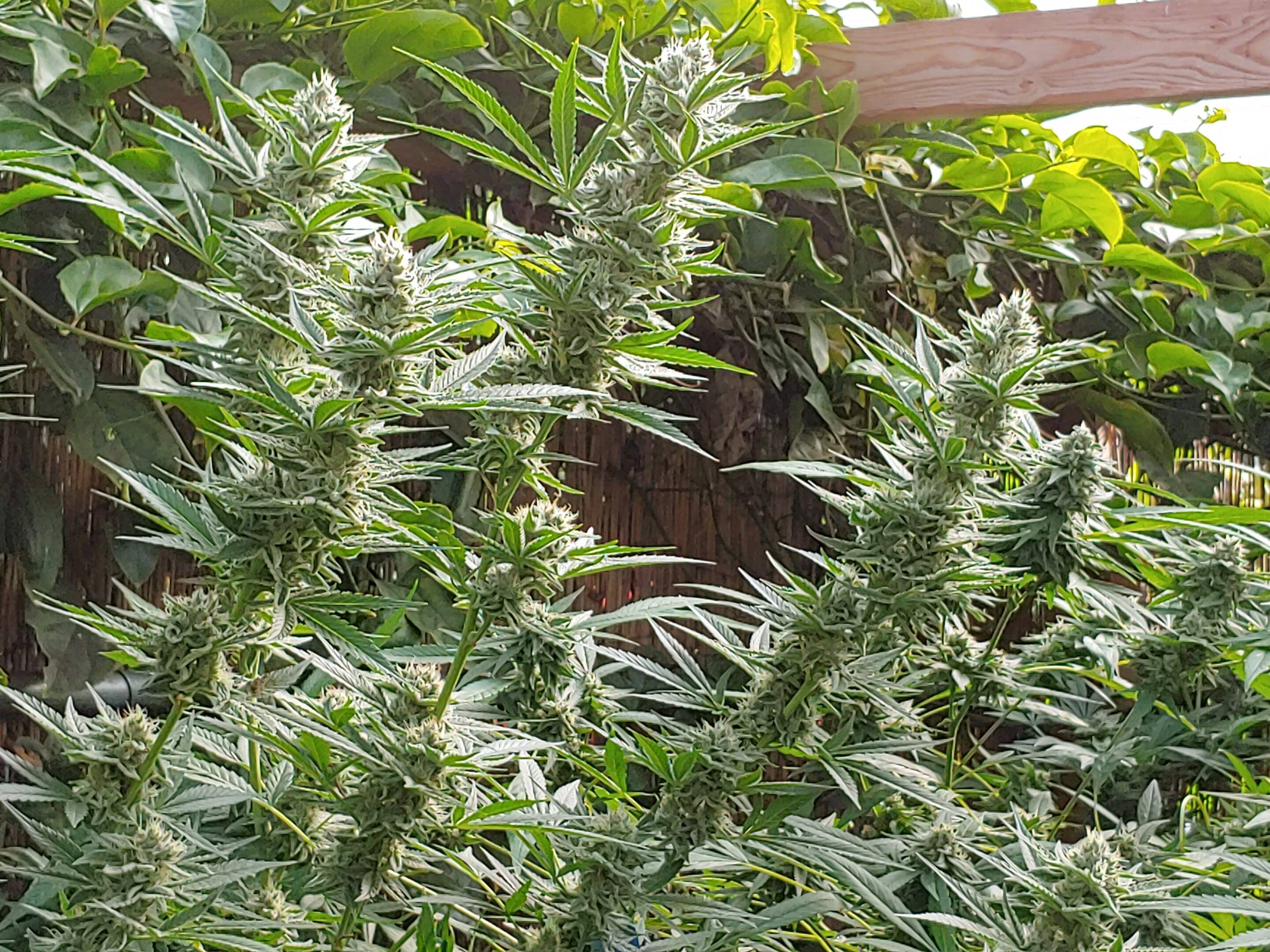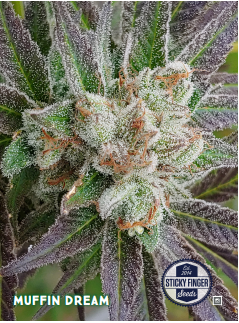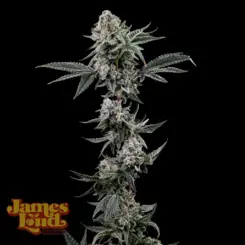You know the saying, “If I can do it, you can too!”? I don’t know about you, but my Mom and Dad sure did echo that sentiment to me growing up. It comes as no surprise, then, that my early years of growing cannabis started right in their backyard. I started growing cannabis outdoors in Maine in 2012. It was the early days of medical marijuana legalization in the great state of Maine, and I found myself between careers, having moved back to my roots with a vested interest in the blooming cannabis industry in Maine. Legality was a gamechanger for me - bringing to life dreams and ideas of cannabis as a career. I was young, opportunistic, and excited for the support of my friends and family; starry eyed at the thought of my professional career crossing over into one of my very favorite pastimes.
I embarked on my first cannabis growing adventure with the direct support and guidance of our very own Beth and Siobhann. My backyard was right around the corner; the Maine Clone Company growing space inside, mine being outside. It’s funny - the core principles and practices of growing remain the same for both indoor and outdoor; but the outdoor environment brought a factor to the table that I simply, albeit naively, did not predict.
The Maine climate proves brutal, not at all for the faint of heart, and I truly believe offers what can only be described as an intense hazing experience in outdoor growing. We were committed to learning, down for nothing less than 101% effort in doing so, and boy did we learn the hard lessons in those early days. I spent several years growing in my familiar childhood backyard, learning and improving and harvesting better cannabis year after year.
When my wife Siobhann and I bought our home together in 2016, we took the opportunity to secure a property that allowed for my home hobby to truly flourish into our professional careers in the cannabis industry today. We have delighted in testing Dirty Bird Genetics outdoors for the past few years - both the genetics chosen for their breeding projects, and the resulting cultivars.
As I reflect on my most recent outdoor harvests now that we both have years of solid experience under our belts, the lessons learned in my first few outdoor seasons have certainly stood the test of time, remaining steadfastly essential for a successful outdoor harvest.
Getting the Strain Right - Strain Selection for a New England Outdoor Grow:
Flowering Time: A healthy cannabis plant can withstand 1 frost, maybe 2, some may even prefer a light frost to finish up nicely; however, no plant can withstand several frosts, ongoing freezing temps, and simply not enough hours of daylight. I would recommend steering away from any plant that finishes later than early-mid October in Northern regions, and one would have to make sure that was a truly hardy plant! Late September-early October is a sweet spot for Northern and New England climates. Late September runs the risk of not quite gaining the bud density after a particularly humid summer, but by and large a strain with that flowering time would harvest well! A strain referencing a 7-8 week flowering time will yield the most successful harvest outdoors, 8-9 is a decently safe range; tread much more critically with strains listing 9+ on the approximations for flowering time.
Resistance: With only flowering time in mind, a wide variety of strains offer the opportunity for an outdoor harvest; however, select strains can really stand out from the crowd through resistance to common outdoor problems such as mold, mildew, septoria, and pests. Plant morphology, which I will speak to later, plays a huge role in resistance(s). It is inherent to the genetic composition of some strains to be naturally resistant to disease and pests, which truly sets those cultivars apart when selecting a strain for outdoor growing. In consideration of resistance, the pool of strains narrows significantly, albeit necessarily.
Seed Type: For the beginner grower, I would caution against putting regular seeds in your garden without sex testing. A burst pollen sack outside is infinitely more detrimental to other plants in stages of flower than a similar situation inside, simply due to natural winds and air movement. All that being said, feminized seeds do still require ardent checking for sex sites, but the risk is much less. I always suggest checking plants as frequently as possible - checking for signs of plant sex sites every day, multiple times at the start of flower, if possible.
Location: know where you are growing, and plan accordingly. Do you live where your plant will live? Is your backyard particularly windy? No protection from the elements? Shade during certain times of the year? All of these are important questions to ask yourself when considering if you have the right space to grow plants, and in which way to grow them. Open air or greenhouse? In pots, raised beds, or in the ground? The size of the space, as well as the environment it lends itself to are important considerations. Open air requires a more sturdy plant, or a more skilled staker. Open air provides more air flow and circulation, but also has zero protection against the elements. Greenhouses do run the risk of pests and mildew running rampant, but I would venture the pest situation likely would not be any worse - just different. The bud rot, however, is much riskier in a greenhouse - maximum air flow required! Greenhouses with open bottoms and ends, and solid upper ventilation that allow for a combination of raised bed, potted plants, and in ground planting is absolutely a great set up; however, open growing is where I have proven most experienced and effective. It seems most reasonable and wide spread of a method - inside of a fence, in some combo of potted and in ground. When growing this way, sturdiness and hardiness becomes a key consideration, as does flowering time. Sun and shade shifting over the changing seasons is another important consideration. If you find the plants will largely be in shaded areas if planted in the ground, I urge you to plant in pots and move the pots around the space accordingly. If planting in pots is necessary, be sure to transplant early, in a medium with solid aeration, and in a size that is manageable for shifting with the sun’s exposure. I use a wagon to move my 10 gallon pots around!
Low Maintenance, High Return: Plants that respond well to an uncontrolled environment are imperative - not requiring proactive preventative measures or round the clock monitoring, but rather thriving naturally without needing additional training. An uncontrolled environment calls for a plant that does not require much controlling. Plant morphology that prunes and trains itself, forming strong sturdy lateral branching, wide internodal spacing to allow for airflow, and not a leafy vegetative presentation during bloom; naturally suited to the environment. If size and space is a concern, it is important to note this and plan accordingly for when and where to transplant and top. If you need to top plants, or train plants with low stress techniques, it is important to keep in mind that stressors should be spaced out - as in I would not suggest transplanting when the daylight hours are set to start to shift into flower, as that is multiple stressors compounded.
Eagle Eye: As a plant nears the end of the flowering cycle it is prudent to check as frequently as possible for any signs of bud rot. Any signs of dying leaves or bud, and the area must be cut out of the plant entirely; bud rot is ruthless and lethal, and spreads rapidly when unchecked. Pests such as spiders also have a way of burrowing into buds and forming webs - be sure to check and remove any pests daily. Powdery mildew can also spread quickly, ruining otherwise harvestable buds. It is, of course, important to do these things at every stage of plant growth, but it becomes that much more imperative due to the lack of visibility that occurs as a plant fills in and matures for harvest. Pulling the plant back and looking in the way pictured below is great for visibility. Be careful not to damage while doing so, though!
Timing is everything: Warm temperatures do not mean it is time to put your plants out! If you start your seeds inside, which I do recommend simply for sprouts to not get eaten by slugs or birds, it is important to keep the seedlings under a light to allow for enough hours of exposure to remain in vegetative growth stage. If the plant is put outside too early in the season the plant will either fully flower, preflower and then quickly revert to vegetative cycle while stunting any growth in the process, or simply die due to lack of light and probable cooler evening temps. In Maine I choose to put my plants outside in the first week of June. Any earlier than Memorial Day is just asking for preflowering or chilled roots troubles! Expect plants to naturally start flowering in mid-August when the daylight exposure starts to shift to fewer than 15 hours of daylight. Full flowering should be in swing no later than the third week of August!
To cut, or not to cut: As the season comes to a close, monitor frost and be sure to harvest wisely. If the plant is near harvest - cloudy trichomes but not yet any amber - I normally make the judgment call to harvest the plant rather than run the risk of bud rot following a particularly strong frost. Once you’ve decided that a plant is finished, the urge is always there to simply go ahead and harvest the whole dang plant. I find that outdoors it might make sense to harvest a plant in rounds, where the top buds are harvested and the remainder of the plant is left a bit longer to finish up. I find this is a solid practice for plants with very large or dense top colas that clearly have cloudy and amber trichomes, and run a bit higher of a risk of bud rot due to dew and exposure. I encourage use of a scope to ultimately base the final decision on a combination of the environmental factors listed above and the buds’ trichome count and color!
The above suggestions and considerations are not meant to overwhelm or deter, but to rather help and narrow down what is a wide variety of quality cultivars! Cannabis seeds come in many shapes, sizes, flavors, colors, you name it. Over the years some have proved much more suitable to outdoor conditions than others, and it is by asking the questions and following the considerations above that growers may select the best strain for their early growing seasons, and beyond!
At this point I have a solid list of top strains that I love to grow outside, and would recommend to any grower. My absolute favorite of all time is the Dirty Mimosa. I took the time to put together a collection for our readers. I absolutely think attentive beginners would enjoy a successful harvest from any one of the strains on my list!
Check out some of my Maine Outdoor Selections below!
-
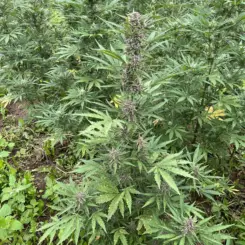 Raspberry Parfait Auto (R)$50.00
Raspberry Parfait Auto (R)$50.00 -
 Etrog Auto (R)$50.00
Etrog Auto (R)$50.00 -
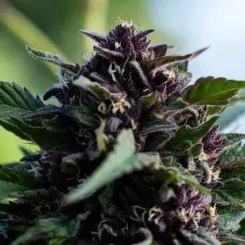 Tangie in the Sun (F)$50.00
Tangie in the Sun (F)$50.00 -
 Lemon Telescope Auto (F)$50.00
Lemon Telescope Auto (F)$50.00 -
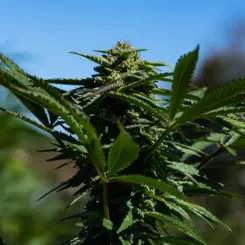 Omaha Jazz (F)$50.00
Omaha Jazz (F)$50.00 -
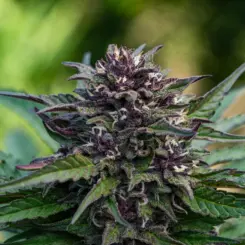 Raspberry Parfait Quick (F)$50.00
Raspberry Parfait Quick (F)$50.00 -
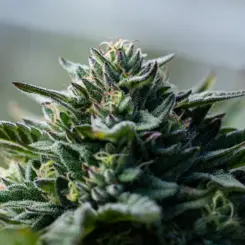 Caramel Headband (F)$50.00
Caramel Headband (F)$50.00 -
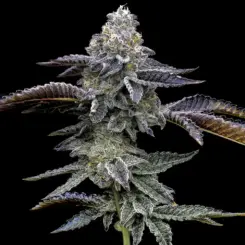 Blue Dream (F)$47.98 – $117.68
Blue Dream (F)$47.98 – $117.68 -
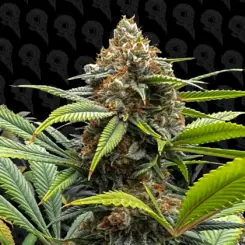 Durban Pie S1 (F) [TESTER] [LIMITED]$35.00
Durban Pie S1 (F) [TESTER] [LIMITED]$35.00 -
 The Brunch S1 (F)$60.00 – $750.00
The Brunch S1 (F)$60.00 – $750.00 -
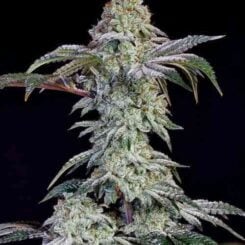 Grandpa's Cookies #6 S1 (F)$70.00 – $110.00
Grandpa's Cookies #6 S1 (F)$70.00 – $110.00 -
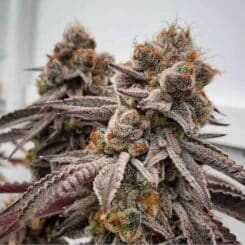 Big Detroit Energy R1 (F)$70.00 – $110.00
Big Detroit Energy R1 (F)$70.00 – $110.00
This season I am most excited to grow the Roadside Haze outside, which was just released this year and is a cross between two of Dirty Birds strains that do well outdoor; the Sour Lime Haze and Skunch!! I am also super pumped for the Dirty Mimosa Bx2 and CANNOT WAIT to grow some new D.Mim genetics outside a third season in a row!
Looking forward to another Maine Outdoor season!
Cheers!!

